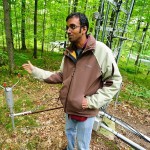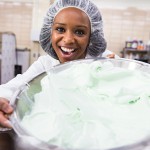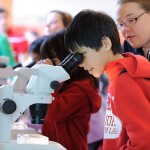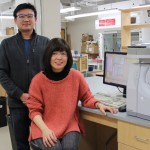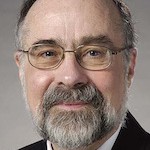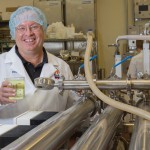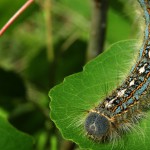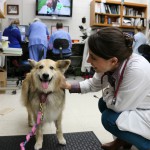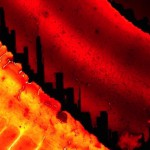Category Science & Technology
Researchers develop new approach that combines biomass conversion, solar energy conversion
In a study published March 9 in Nature Chemistry, University of Wisconsin–Madison chemistry Professor Kyoung-Shin Choi presents a new approach to combine solar energy conversion and biomass conversion, two important research areas for renewable energy. Read More
Move over Mozart: Study shows cats prefer their own beat
As more animal shelters, primate centers and zoos start to play music for their charges, it’s still not clear whether and how human music affects animals. Now, a study from the University of Wisconsin–Madison shows that while cats ignore our music, they are highly responsive to “music” written especially for them. The study is online at Applied Animal Behaviour Science. Read More
Contest seeks another round of amazing science images
To highlight the visual and scientific value of scientific imagery, the fifth annual Cool Science Image Contest is soliciting the best images from students and faculty and staff scientists on the University of Wisconsin–Madison campus. Read More
Sidebar: Sessions set to discuss biomedical research crisis
A series of campus-wide discussions to gather feedback and ideas from researchers — faculty, staff scientists, postdocs, and graduate students as well as administrative staff — on what many people believe is a crisis in U.S. biomedical research has been scheduled for March. Read More
Darwin Day celebration focuses on islands, isolation
What do Madagascar and Jurassic Park have in common? Both are island-based evolutionary “experiments” that will be highlighted in this year’s Darwin Day celebrations, sponsored by the J.F. Crow Institute for the Study of Evolution at UW–Madison and its partners. “Darwin Day 2015: Islands and Isolation” will run all day Thursday, Feb. 12, and focus on the unique opportunity that islands provide to witness evolution and the diversity of life. Read More


